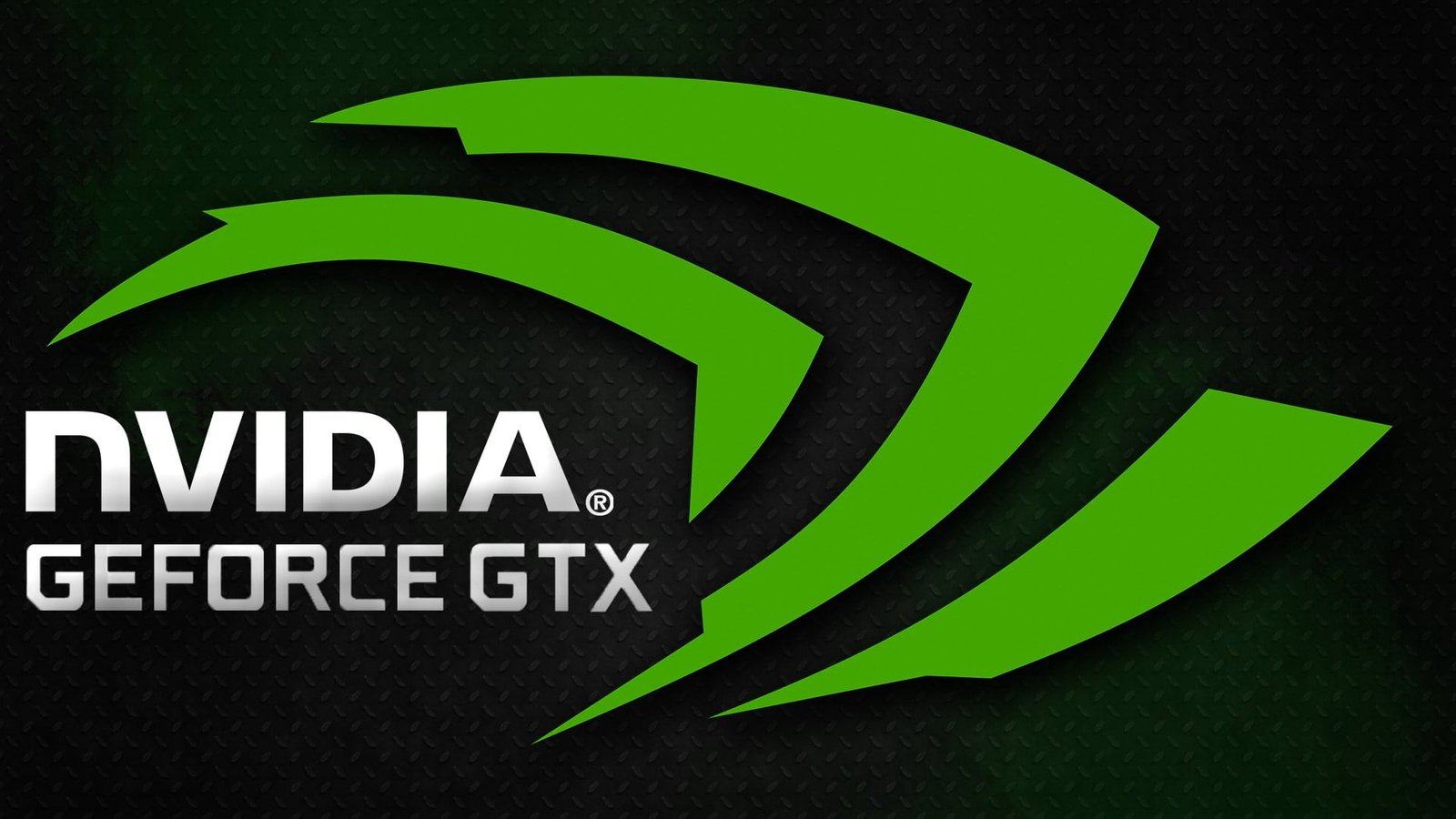Nvidia Overtakes Microsoft as the Most Valuable Tech Firm: A Paradigm Shift in the Tech Industry
In a stunning turn of events, Nvidia Corporation has surpassed Microsoft Corporation to become the most valuable tech firm in the world. This milestone is a testament to the rapid evolution and shifting dynamics within the technology sector, underscoring the increasing significance of semiconductor technology and artificial intelligence (AI) in the digital era.
The Rise of Nvidia: From Graphics to AI Powerhouse
Nvidia, founded in 1993 by Jensen Huang, Chris Malachowsky, and Curtis Priem, initially made its mark by producing high-performance graphics processing units (GPUs) for the gaming industry. Over the years, Nvidia’s GPUs became synonymous with top-tier gaming performance, a reputation solidified by their GeForce line of graphics cards. However, the company’s strategic pivot towards AI and data processing has propelled it into an entirely new realm of technological innovation and market dominance.

The critical turning point for Nvidia was its early recognition of the potential of GPUs beyond gaming. While central processing units (CPUs) were traditionally used for general computing tasks, GPUs excelled in parallel processing, making them ideal for the heavy computational loads required by AI and machine learning algorithms. This realization led to the development of Nvidia’s CUDA (Compute Unified Device Architecture) platform, which enabled developers to harness the power of GPUs for a wide range of applications beyond graphics.
The AI Revolution and Nvidia’s Pivotal Role
The explosion of AI across various industries has been a significant driver of Nvidia’s ascent. AI’s ability to process vast amounts of data, recognize patterns, and make intelligent decisions has found applications in everything from autonomous vehicles to healthcare, finance, and beyond. Nvidia’s GPUs and AI frameworks, such as TensorRT and the Nvidia Deep Learning AI platform, have become foundational tools for developing and deploying AI applications.
Nvidia’s dominance in AI was further solidified with the acquisition of Mellanox Technologies in 2019, a strategic move that enhanced Nvidia’s data center capabilities. This acquisition, combined with their existing GPU technology, positioned Nvidia as a critical player in the data center market, providing the infrastructure necessary for AI workloads.
The launch of Nvidia’s A100 Tensor Core GPU in 2020 marked another milestone. This GPU, designed specifically for AI and high-performance computing (HPC), offered unprecedented levels of performance and efficiency, making it the preferred choice for data centers and enterprises engaged in AI research and development.

Market Performance and Financial Metrics
Nvidia’s stock performance has mirrored its technological advancements. Over the past few years, Nvidia’s market capitalization has soared, reflecting investor confidence in its strategic direction and growth potential. The company’s consistent revenue growth, driven by its gaming, data center, and professional visualization segments, has underpinned its financial success.
The financial year 2023-2024 saw Nvidia reporting record revenues, with substantial contributions from its data center segment, highlighting the increasing demand for AI and cloud computing solutions. This financial momentum, coupled with strategic partnerships and a robust product pipeline, has fueled Nvidia’s rise to the top of the tech hierarchy.
In contrast, Microsoft, despite its strong presence in cloud computing, software, and enterprise solutions, has faced stiff competition and market saturation in some of its core segments. While Microsoft Azure continues to be a significant growth driver, the company’s overall market valuation has been impacted by broader market conditions and competitive pressures.

Strategic Moves and Industry Impact
Nvidia’s strategic acquisitions have also played a crucial role in its ascent. In addition to Mellanox, the acquisition of ARM Holdings, a deal valued at $40 billion, was a bold move aimed at diversifying Nvidia’s product offerings and expanding its reach into mobile and edge computing. Although the ARM acquisition faced regulatory hurdles, it signified Nvidia’s ambition to influence the future of computing architectures.
The impact of Nvidia’s rise extends beyond its financial metrics. As the leading tech firm, Nvidia is now in a position to shape industry trends and influence the direction of technological innovation. The company’s focus on AI and machine learning is driving advancements in autonomous vehicles, healthcare diagnostics, financial modeling, and more, positioning Nvidia as a catalyst for future technological breakthroughs.
Challenges and Future Prospects
Despite its impressive achievements, Nvidia faces several challenges. The semiconductor industry is characterized by intense competition, rapid technological changes, and supply chain complexities. Competitors like AMD and Intel are continuously innovating, and emerging technologies could disrupt the current market dynamics.
Regulatory scrutiny, particularly concerning large acquisitions and data privacy issues, poses another challenge. Nvidia’s ambitious growth strategies must navigate these regulatory landscapes to avoid potential setbacks.
Looking ahead, Nvidia’s prospects remain promising. The continued growth of AI and the increasing reliance on data-driven decision-making across industries provide a fertile ground for Nvidia’s technologies. The company’s investments in research and development, along with strategic collaborations, are likely to sustain its competitive edge.
Moreover, Nvidia’s foray into the metaverse, an emerging digital space combining virtual reality, augmented reality, and the internet, represents another avenue for growth. The development of the Nvidia Omniverse, a platform for creating and simulating virtual worlds, underscores the company’s commitment to pioneering new frontiers in digital innovation.
Nvidia’s overtaking of Microsoft as the most valuable tech firm marks a significant milestone in the tech industry. It reflects not only Nvidia’s strategic vision and execution but also the broader shift towards AI and data-centric technologies. As Nvidia continues to innovate and expand its horizons, its influence on the tech landscape is set to grow, heralding a new era of technological advancement and market leadership.
In conclusion, Nvidia’s journey from a gaming GPU manufacturer to the pinnacle of the tech industry is a remarkable story of foresight, innovation, and strategic acumen. As the most valuable tech firm, Nvidia is poised to drive the next wave of technological transformations, shaping the future of computing and artificial intelligence for years to come.
